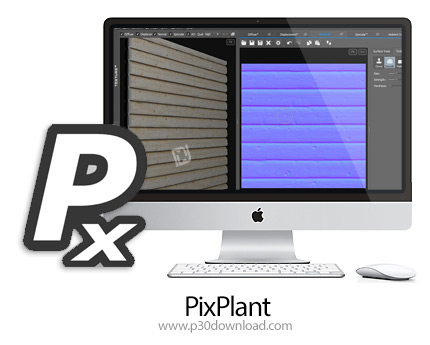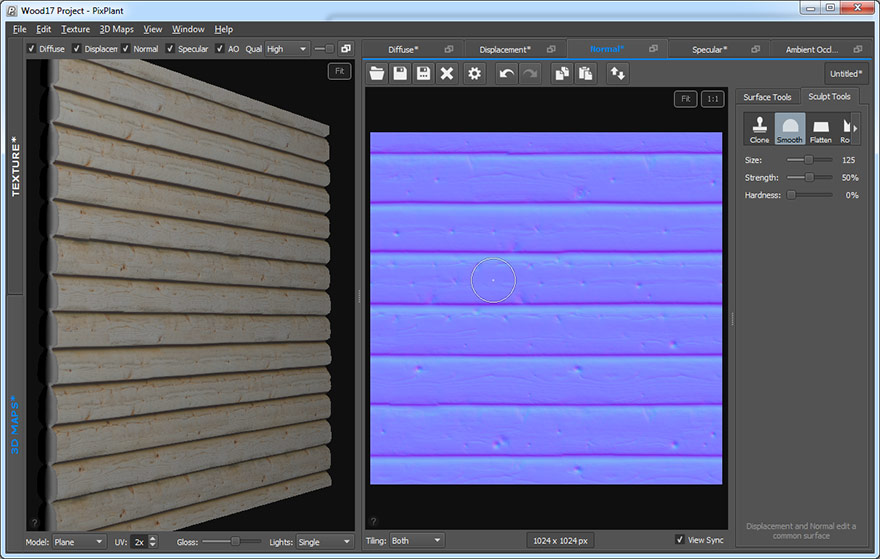

In addition, people often lose the relationship between the target and related annotation objects in a 3D context due to the separation of the content layouts in different 3D contexts. Thus it is scarcely possible to add meaningful annotations related to target 3D objects using existing web resources. Although declarative 3D objects are physically integrated into web pages, 3D objects and HTML elements are still separated from the perspective of the 3D layout context, and an annotation method is lacking.

With the development of 3D Web technologies, 3D objects are now handled as embedded objects without plug-ins on web pages. After the description of 3D modelling and optimization techniques, the paper will focus and discuss its results and expectations. Vegetation generators have also been used with the goal of populating the virtual scene to enhance the user perceived realism during the navigation experience. At the final stage, semi-automatic tools have been developed and used up to prepare and clusterise 3D models and scene graph routes for web publishing.
POLYCOUNT PIXPLANT SOFTWARE
To create the archaeological sites we used optimized mesh acquired with laser scanning and photogrammetry techniques whereas to realize the 3D reconstructions of the main historical buildings we adopted computer-graphic software like blender and 3ds Max. We used this procedural approach, based on algorithms and procedures because it is particularly functional to create extensive and credible urban reconstructions. The whole Montegrotto Town has been generated procedurally by CityEngine. Within the current Montegrotto VR Project, content produced with new pipelines has been integrated. Our approach has been to select an open source scene-graph based visual simulation library with sufficient performance and flexibility and adapt it to the web by providing a browser plug-in.

All the data, even if processed by optimization and decimation tools, result in very huge databases that require paging, streaming and Level-of-Detail techniques to be implemented to allow remote web based real time fruition. The paper describes challenges identified while developing browser embedded 3D landscape rendering applications, our current approach and work-flow and how recent development in browser technologies could affect. All those examples have been recently implemented on the open-source 3D Heritage Online Presenter (3DHOP) platform, developed at CNR-ISTI.

Some recent experiences are presented, aimed at providing a support to the archival of archaeological 3D data, supporting web-based publishing of very high-resolution digitization results and finally enabling the documentation of complex restoration actions. In this framework, CH is a very specific domain, requiring highly flexible solutions. Emerging commercial solutions for web-publishing of 3D data are consolidating and becoming a de-facto standard for many applications (e-commerce, industrial products, education, etc.). The web is nowadays the main channel for the dissemination of knowledge.
POLYCOUNT PIXPLANT HOW TO
What remains still an open problem is how to deliver those data and related knowledge to our society. The research results produced in the last decade ignited an impressive evolution and consolidation of the technologies for acquiring high-quality digital three-dimensional (3D) models, encompassing both geometry and color. Digital technologies are now mature for producing high quality digital replicas of Cultural Heritage (CH) assets.


 0 kommentar(er)
0 kommentar(er)
